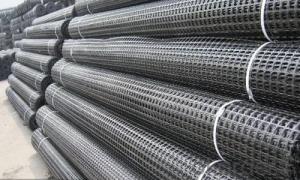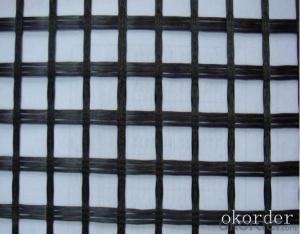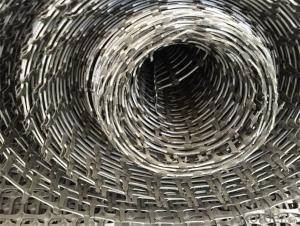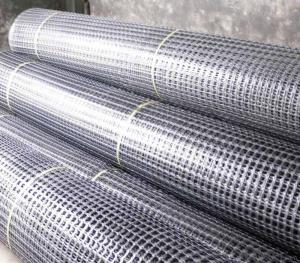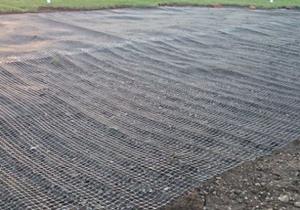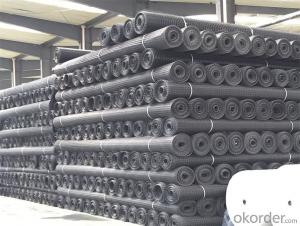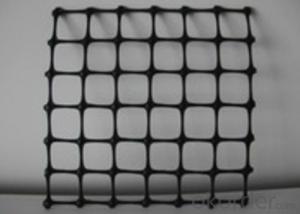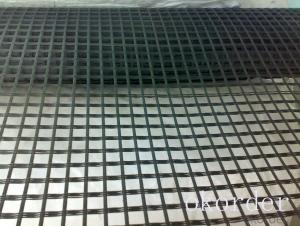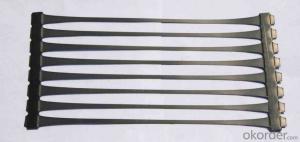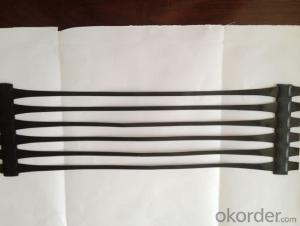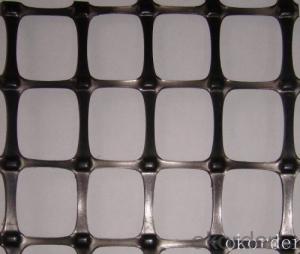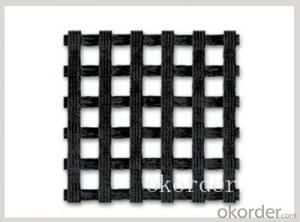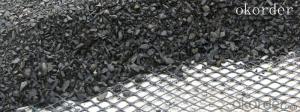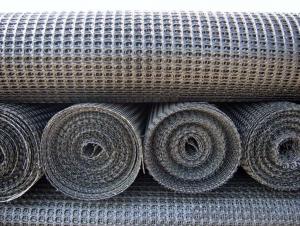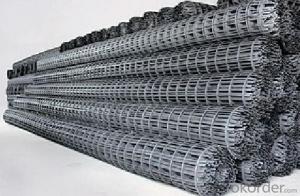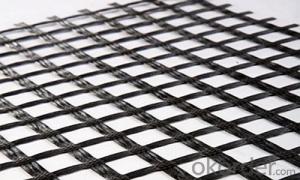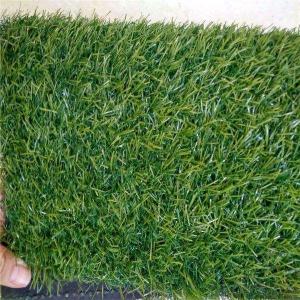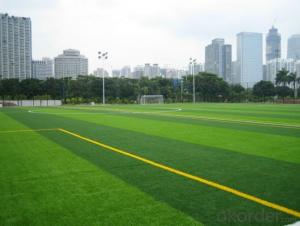Geogrid Construction
Geogrid Construction Related Searches
Geogrid Road Construction Geogrid Wall Construction Geogrid Installation Geogrid For Road Construction Geogrid Paving Laying Geogrid Geogrid Pavement Geogrid Energy Geogrid Placement Geogrid Properties Geogrid Driveway Installation Geogrid Machine Geogrid Function Geogrid Applications Erosion Control Geogrid Geogrid Erosion Control Geogrid Parking Geogrid Stabilization Geogrid Walls Geogrid Cost Geogrid Ground Stabilisation Landscaping Geogrid Geogrid Road Structural Geogrid Geogrid Australia Geogrid Under Concrete Geogrid Products Geogrid Strength Tensar Geogrid Installation Extruded GeogridGeogrid Construction Supplier & Manufacturer from China
Geogrid Construction is a type of geosynthetic material used in civil engineering and construction projects to reinforce soil and improve its stability. These products are designed to provide additional strength and support to the soil, making it more resistant to deformation and erosion. Geogrids are commonly used in applications such as road construction, slope stabilization, and retaining walls, where their ability to distribute loads evenly and reduce the risk of soil movement is highly beneficial. By incorporating geogrids into these projects, engineers can achieve more reliable and longer-lasting results, ultimately enhancing the overall performance and safety of the construction.Geogrid Construction products are widely used in various industries due to their versatility and effectiveness in improving soil stability. They are particularly useful in situations where soil conditions are poor or where there is a need to reinforce the ground to support heavy loads. This makes them an essential component in many infrastructure projects, such as highways, railways, and airports, as well as in the construction of large-scale commercial and residential buildings. The use of geogrids can also help to reduce the amount of materials needed for a project, leading to cost savings and a more sustainable approach to construction.
Okorder.com is a leading wholesale supplier of Geogrid Construction products, offering a vast inventory of high-quality geosynthetic materials to meet the needs of various construction projects. As a reliable source for these products, Okorder.com ensures that customers have access to the latest technologies and innovations in geogrid construction, enabling them to complete their projects with confidence and efficiency. By partnering with Okorder.com, contractors and engineers can benefit from competitive pricing, fast shipping, and excellent customer service, ensuring that their geogrid construction needs are met promptly and effectively.
Hot Products




